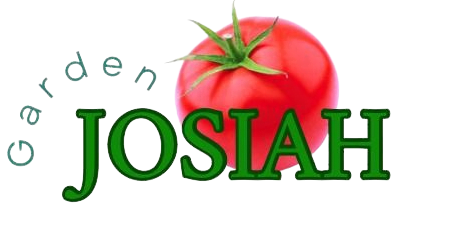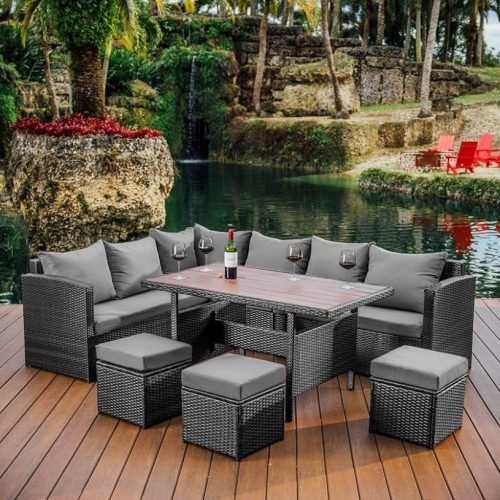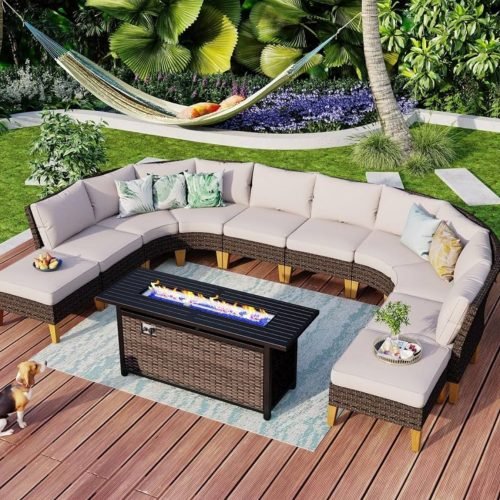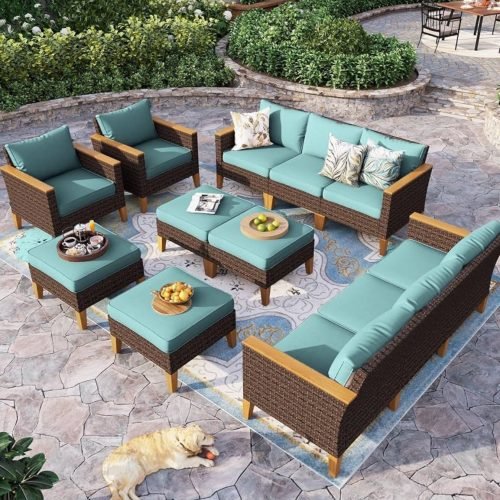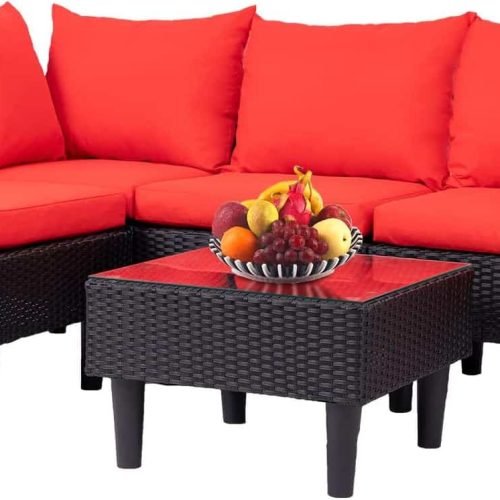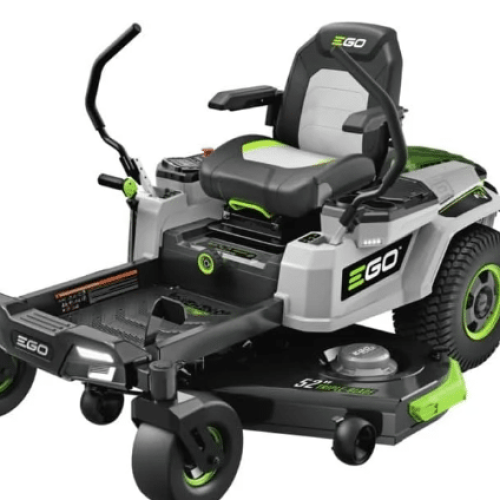Hey guys it’s JV Charles.Did you know a big planter can give you up to 40 tasty carrots? You can enjoy this kind of harvest, even with a small space, by learning carrot container gardening. Whether you have a small patio, a balcony, or just a tiny garden spot, you can grow a carrot crop. And you’ll love the fresh, crisp taste of your own homegrown carrots.
This guide will show you how to grow carrots in containers. We’ll cover everything from picking the right pots to planting, caring for, and harvesting your carrots. You’ll learn the secrets to being a great container carrot gardener. Get ready to improve your cooking and wow your friends and family with your gardening skills!
Key Takeaways
- Discover the incredible yield potential of container-grown carrots, with up to 40 carrots per large planter. Yes sir!
- Learn how to choose the right containers and soil mixes for thriving carrot crops, even in small spaces.
- Explore the many benefits of growing carrots in containers, from eliminating soil-borne pests to enjoying a continuous harvest.
- Uncover expert tips for planting, caring for, and harvesting your carrot bounty, ensuring a bountiful and delicious yield.
- Discover the best carrot varieties for container gardening and how to incorporate succession planting for a steady supply.
Why Grow Carrots in Containers?
Growing your own carrots in containers is a great idea. You can do it on a patio, balcony, or even a small outdoor area. This lets you enjoy fresh, home-grown carrots without needing a big garden.
Benefits of Container Carrot Gardening
One big plus of container gardening is the control you have over the soil. You can pick a potting mix that drains well, making sure your carrots grow straight and healthy. This solves the problems of bad soil, like rocks, weeds, or poor quality. Cool right?
No Soil Concerns or Pests
Carrots in containers also avoid pests like slugs, rabbits, and deer. These pests can be a big problem in regular gardens. So, you can have a big harvest without worrying about pests. Sweeet!
Overall, growing carrots in containers has many benefits. It’s perfect for gardeners with little space or those who want the ease and control of container gardening. It’s a fun and rewarding way to grow your own food.
The Best Containers for Growing Tasty Carrots
Choosing the right container is key for growing delicious carrots. Carrots need deep soil to grow fully. We suggest using big pots, planters, or fabric grow bags that are at least 14 inches deep. This depth gives carrots the 9-12 inches of soil they need to grow well.
Pot and Planter Sizes for Different Carrot Varieties
The size of your container depends on the carrot type you grow. Small “baby” or “miniature” carrots fit in containers as shallow as 12 inches. But, bigger carrots like Imperator or Nantes need deeper containers, 14-16 inches, for their longer roots.
Materials for Carrot Containers
- Clay pots are good for drainage but might need more watering.
- Plastic or resin planters keep moisture in and need less water.
- Fabric grow bags are affordable and great for carrot roots, offering good drainage and air.
- Upcycled 5-gallon buckets with holes are a cheap way to grow carrots.
Make sure your container has lots of drainage holes to avoid waterlogging. This can cause root rot. With the right size and material, you’ll grow the best pots for growing carrots at home or on your balcony.
Planting Carrots in Containers
Growing carrots in containers is great for gardeners with little space or those new to growing veggies. Container-grown carrots are easier to care for than those in the ground. They avoid pests, poor soil, and weeds. Let’s look at the steps to plant carrots in pots or planters. It’s a breeze!
Preparing the Potting Mix
For planting carrots in containers, the soil is key. Use a light, well-draining potting mix with compost. This mix helps carrots grow straight and healthy. Adding bone meal to the mix gives carrots the phosphorus they need to grow well.
Sowing Carrot Seeds
Carrots can be planted from mid-spring to mid-summer, before the last spring frost. To plant, moisten the soil and put the tiny seeds 1/4 inch deep and 1/2 inch apart in a grid. This makes the most of your container space. Keep the soil moist after planting for good germination, which takes 14 to 21 days.
With proper soil and seed preparation, you’re on your way to a great carrot harvest. Choose varieties like Chantenay or Parisian for growing in pots and planters.
Caring for Potted Carrots
Growing carrots in containers needs some regular care to keep them healthy. After the seedlings come out, we must focus on watering, fertilizing, and thinning them. Doing these things right helps our container carrots grow big and tasty.
Watering and Fertilizing
Carrots in pots need more water than those in the ground. We check the soil and water when it’s dry an inch down. It’s important not to give them too much water. We also feed them a liquid organic vegetable fertilizer every 3-4 weeks to help them grow strong.
Thinning and Hilling
When the carrot seedlings grow, we need to thin them to give each one enough space. They should be 1.5-3 inches apart, depending on the type. This lets their roots grow big and healthy. If the carrots start showing above the soil, we add more potting mix to keep them underground and stop them from turning green.
By keeping up with these important steps, our container-grown carrots will do well and give us a big harvest. With a bit of extra care, we can enjoy the delicious taste and crunchy texture of carrots from our pots and planters.
Harvesting Container-Grown Carrots
Growing carrots in containers is rewarding, giving you fresh, crunchy veggies all season. But when to harvest them depends on a few things.
Most container-grown carrots are ready in 65 to 75 days after planting. This time can change based on the carrot type, growing conditions, and container size. Check if they’re ready by pulling one up and looking at its size. Miniature and Oxheart carrots, great for containers, grow to 2 to 3 inches long when they’re ready.
Harvesting container-grown carrots is different from in-ground gardens. You can pick them as you need them, letting the others keep growing. This way, you get fresh carrots without having to harvest everything at once.
To harvest, grab the carrot greens and pull the root out of the soil. Rinse the carrots and eat them right away for the best taste and crunch. Containers let you move your carrots to cooler spots or cover them in cold weather, helping you get a good harvest even when the weather is bad.
Follow these tips and grow the right carrot types for containers. You’ll enjoy a season full of tasty, homegrown carrots. Remember, thinning, watering, and fertilizing your carrots are important for their health and growth.
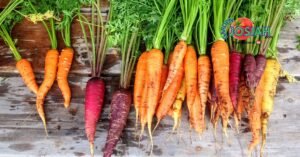
Carrot Types for Container Gardening
For container gardening, some carrot varieties stand out. They include long Imperator and Nantes carrots and shorter Chantenay and Parisian ones. Each type fits different container garden needs.
Imperator and Nantes Carrots
Imperator and Nantes carrots grow long, up to 12 inches. They need deep containers, at least 10 inches deep. These carrots take about 2-2.5 months to mature, perfect for large pots.
Chantenay and Parisian Carrots
Chantenay and Parisian carrots are shorter and round, ideal for shallow containers. Chantenay takes 2-2.5 months to mature and needs 10 inches deep pots. Parisian carrots grow in 2-3 months and only need 5-6 inches deep pots. They’re great for container gardens because they’re sweet and don’t need peeling.
Choosing the best carrot varieties for containers is key. But, remember, good soil, water, and care are crucial for growing types of carrots for pots and planters in small gardens.
“Carrots can be grown year-round in mild areas of Zones 9 and 10, while in Zones 2-8, they are typically direct seeded in the spring after the last frost.”
carrot container gardening
Growing carrots in containers is easy with our top picks. These varieties are great for small gardens. They come in different shapes, sizes, and flavors.
Best Carrot Varieties for Containers
- Atlas – A Parisian type carrot with round, 1-2 inch roots that are perfect for tight spaces.
- Yaya – A Nantes variety with 6-inch cylindrical roots and excellent flavor.
- Bolero – Another 8-inch Nantes carrot with a wonderfully sweet taste.
- Adelaide – A baby carrot variety reaching 3-4 inches, great for container growing.
These carrots are perfect for small gardens. They grow well in pots and planters. You’ll get a steady supply of fresh carrots all season.
| Carrot Variety | Root Size | Flavor | Best for Containers |
|---|---|---|---|
| Atlas | 1-2 inches | Mild | ✓ |
| Yaya | 6 inches | Sweet | ✓ |
| Bolero | 8 inches | Excellent | ✓ |
| Adelaide | 3-4 inches | Mild | ✓ |
These top carrot varieties are great for small gardens. They have compact roots and produce a lot. They’re perfect for growing carrots in small spaces.
Succession Planting for Continuous Harvest
To get a steady carrot harvest from early summer to late fall, try succession planting. This method means planting new carrot seeds every 3-4 weeks. It gives us young, tender roots and fully grown carrots at different times.
By planting at different times, we can have fresh carrots all season. After picking from one pot, we add compost and fertilizer to the soil. Then, we plant the next batch of seeds. This way, we can get the most out of our carrot plants and enjoy them longer.
Succession planting has many benefits, including:
- Prolonging the growing season
- Making the most of a small space
- Ensuring a continual harvest
- Improving overall yields
- Increasing variety and diversity
- Suppressing weeds
- Monitoring soil fertility levels
- Preventing compacted soil
- Allowing for flexibility in the garden
Quick-growing crops like radishes and greens are great for succession planting. So are cool-season veggies like kale, lettuce, and peas. These can be followed by warm-season crops such as tomatoes, cucumbers, or peppers.
“Succession planting is a game-changer for gardeners who want to maximize their harvest and enjoy a continuous supply of fresh produce throughout the growing season.”
This simple technique lets us enjoy homegrown carrots from early summer to late fall. It makes the most of our container garden space. And we get to enjoy the fruits of our labor all season long.
Growing Carrots in Fabric Pots and Grow Bags
Fabric containers like grow bags are great for growing carrots in small spaces. They let air and water flow well, helping the roots grow strong. Plus, they’re easy to move to catch the most sunlight. When it’s time to pick the carrots, pulling out the whole bag is simple. We use 10-gallon fabric containers on our patio or balcony to grow lots of carrots.
The main perks of using fabric pots for growing carrots or grow bags for container carrots are:
- Excellent drainage and air circulation for healthy root development
- Flexibility to move the containers to the best light conditions
- Easy harvesting by simply lifting the entire plant from the bag
- Reusable and durable for years of container gardening
We pick 10-gallon fabric pots or grow bags for our carrots to give them enough room to grow. Nantes-type carrots work really well in these containers. We keep the soil moist by watering it every day or so. We also feed them with a quarter cup of organic fertilizer every 4-6 weeks to keep them healthy.
“Fabric pots and grow bags offer the perfect solution for growing carrots in small spaces. The breathable material promotes healthy root development, and the flexible sides make harvesting a breeze.”
Using fabric pots for growing carrots and grow bags for container carrots lets us enjoy fresh, healthy carrots from our patio or balcony. This easy way of gardening is perfect for city folks and those with limited space.
Tips for Pest-Free Container Carrots
Growing carrots in containers helps avoid pests like slugs, rabbits, and deer. But, carrot flies are a big problem. They can smell carrots from a mile away and lay eggs near the roots, causing damage.
To keep our container carrots safe from carrot flies, we use some smart strategies:
- Cover the carrot containers with floating row cover or fine mesh netting. This lets air, light, and rain in while keeping carrot flies out.
- Plant strong-smelling herbs like chives or garlic around the container. Their smell can hide the carrot scent and keep flies away.
- Check the carrot tops often and remove any pests like aphids or thrips quickly to stop infestations.
Some carrot varieties are better at fighting carrot flies, like ‘Flyaway,’ ‘Ibiza,’ ‘Maestro,’ ‘Parano,’ ‘Resistafly,’ and ‘Sytan.’ Planting carrots later in the season can also help avoid pests.
Using these preventing pests on container carrots and protecting carrots in pots from insects and animals tips helps us get a great harvest of tasty, pest-free carrots.
“A well-planned, pest-free carrot garden is a joy to behold and a delight to enjoy.”
Conclusion
Growing carrots in containers is a great way to enjoy fresh veggies, even with limited space. By picking the right carrot types and using good potting mix, we can get a lot of sweet, crunchy carrots. We can grow them on our patio or balcony with a little planning, from spring to fall.
It doesn’t matter if we’re experienced gardeners or new to growing food. Container carrot gardening is fun and rewarding. By following the steps in this guide, we can grow our own carrots and use them in tasty meals.
This guide has given us the key tips for growing carrots in small spaces. So, let’s start planting and enjoy the fresh taste of our own container-grown carrots!
FAQ
Why should I grow carrots in containers?
Growing carrots in containers lets you enjoy fresh produce in small spaces like patios or balconies. It helps control the soil, avoid pests, and move plants to sunny spots.
What size containers are best for growing carrots?
Carrots need 9-12 inches of soil to grow well. Use large pots or fabric grow bags that are at least 14 inches deep for enough root space.
How do I prepare the soil for container-grown carrots?
Begin with a light, well-draining potting mix mixed with compost. Add bone meal for the phosphorus carrots need for healthy roots.
How often should I water and fertilize my container carrots?
Water when the soil feels dry about an inch down. Don’t overwater. Feed the plants with a liquid organic fertilizer every 3-4 weeks for strong growth.
When is the best time to harvest carrots grown in containers?
Harvest carrots 2-3 months after sowing, depending on the type. Check by pulling a root. You don’t need to take out the whole container at once.
What are some good carrot varieties for container gardening?
Good varieties include Imperator, Nantes, Chantenay, Danvers, and Parisian. Parisian carrots are sweet, crisp, and fit well in shallow containers.
How can I prevent pests on my container-grown carrots?
Use floating row cover or mesh netting to keep out carrot fly. Plant herbs like chives nearby to repel pests. Check often and remove any bugs you find.
